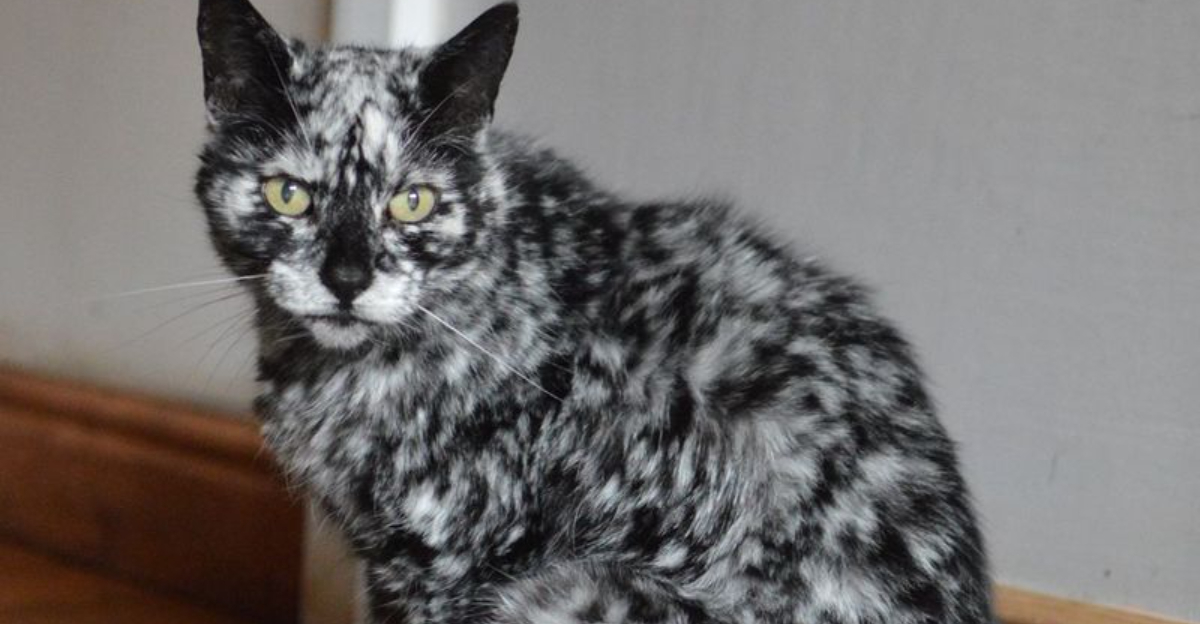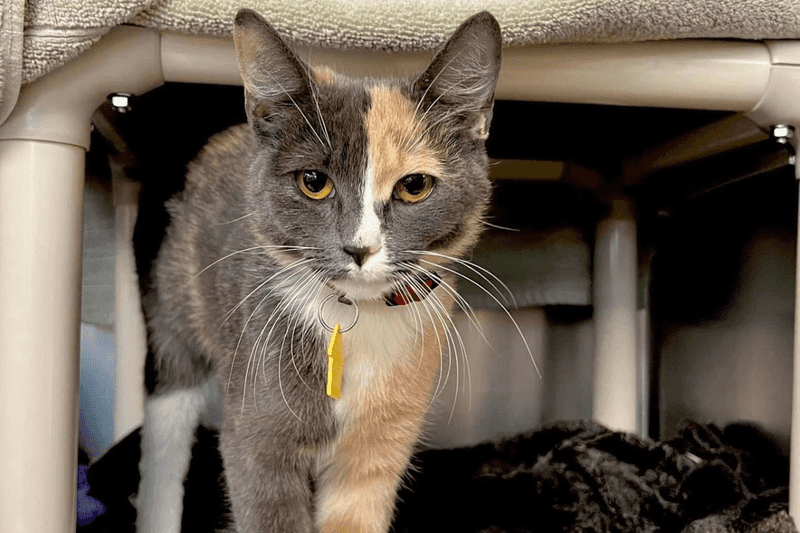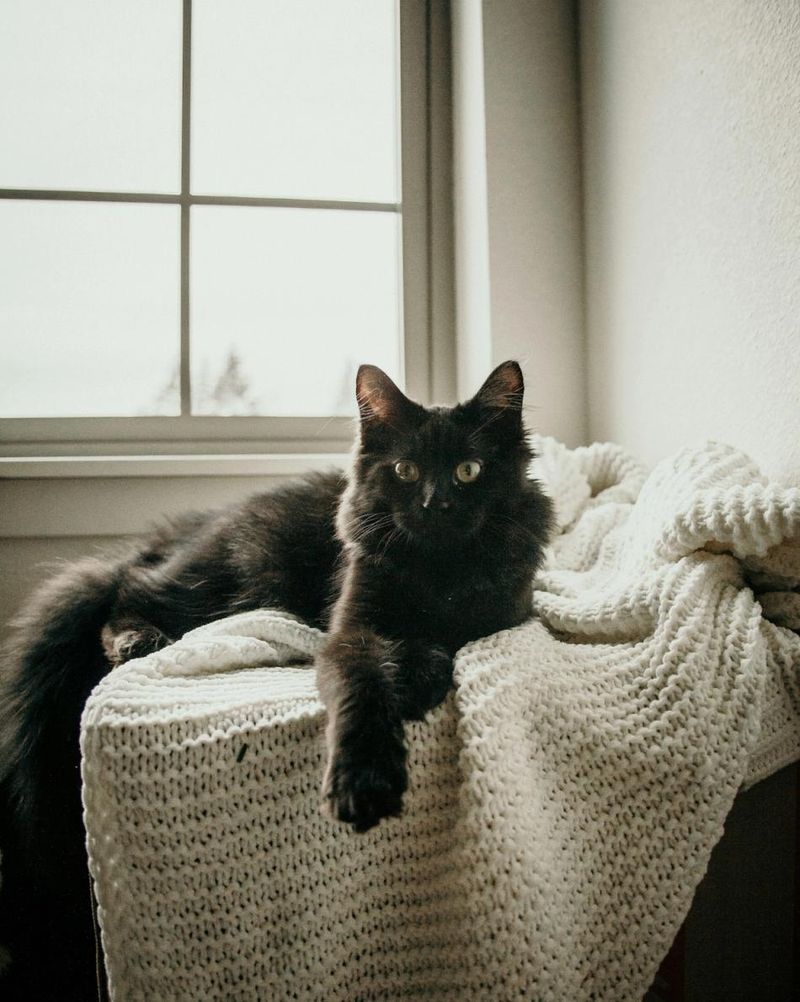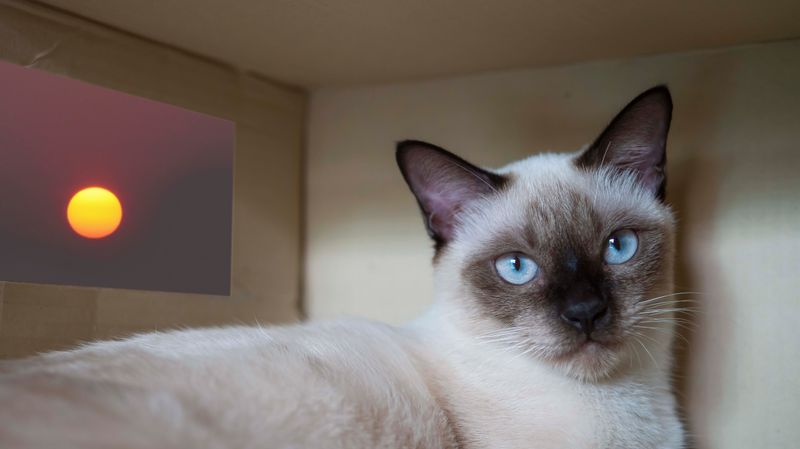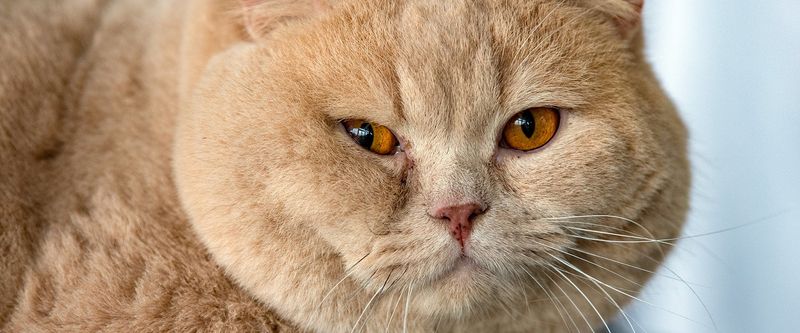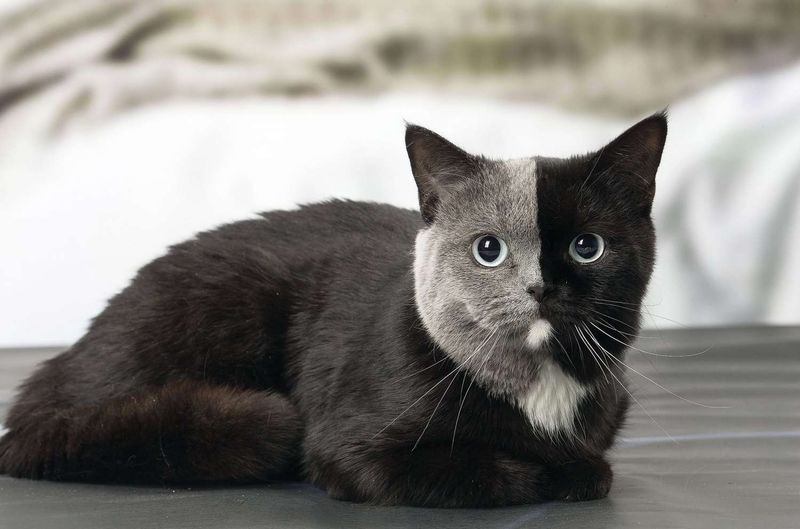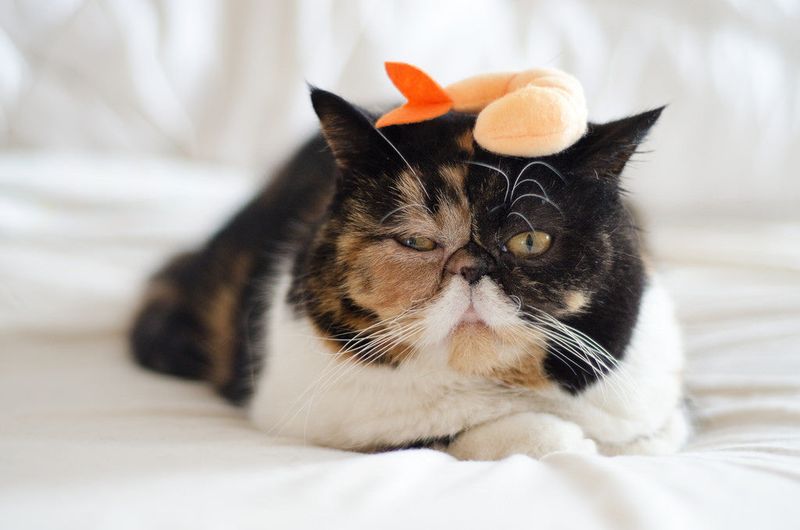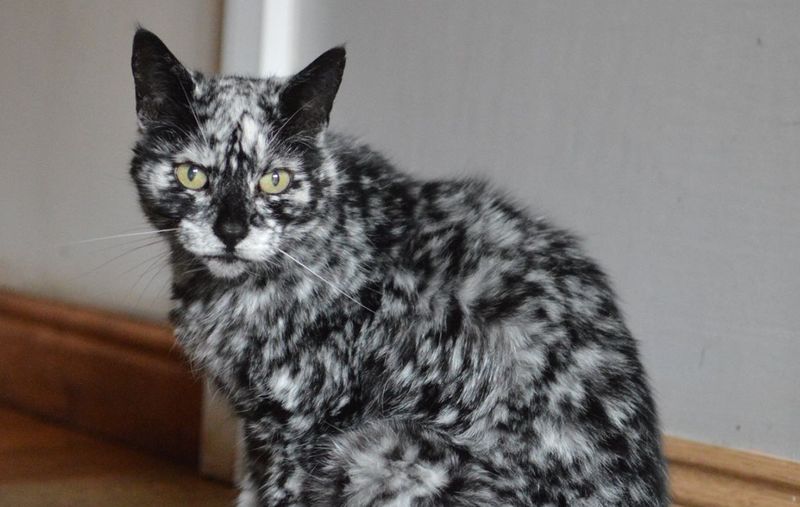📖 Table of Content:
Cats have captivated humans for centuries, not only with their mysterious personalities but also with their mesmerizing fur patterns. From bold tabby stripes to whimsical tortoiseshell swirls, the coat of a cat is more than just a pretty facade — it’s a complex display of biology, genetics, and environmental influence. Whether you’re a devoted feline fanatic or simply curious about what makes your pet unique, understanding the science behind these patterns can be both fascinating and enlightening.
Though many assume that a cat’s coat is simply inherited from its parents, the reality is far more intricate. A variety of unexpected influences — some rooted in the cat’s DNA, others in environmental conditions — interact to shape the visual tapestry that covers each feline. Even kittens from the same litter can look dramatically different due to subtle shifts in developmental pathways or genetic expression.
In this article, we’ll uncover nine surprising factors that contribute to a cat’s coat patterns. From genetic quirks to temperature-sensitive pigmentation, each of these influences plays a role in the beautiful and sometimes baffling designs we see. Get ready to look at your cat’s coat with new eyes, as we unravel the science and mystery behind those signature stripes, spots, and shades.
1. Genetics
At the core of every cat’s coat pattern is a blueprint written in its genes. These genetic codes determine whether a cat will sport stripes, spots, patches, or a solid color. The presence of specific genes — like the agouti gene, which controls banding on individual hairs — can create patterns such as the classic tabby look. Furthermore, dominant and recessive gene pairs work together to establish not only color but the distribution of pigment across the body. Even the color intensity, such as rich black versus soft gray, is regulated by genetic factors. When breeders select for specific traits, they’re essentially manipulating these inherited codes. Without genetics, the diversity of feline fur would be reduced to a much less colorful canvas.
2. Epigenetics
Interestingly, two cats with identical DNA can exhibit different coat patterns due to epigenetics. These are molecular tags that modify how genes are expressed without changing the underlying DNA. Environmental influences, such as nutrition or stress during pregnancy, can trigger these changes in gene expression. For example, certain patterns may appear more or less pronounced depending on these epigenetic factors. This is why sibling cats, even those with the same parents, may end up with subtly or drastically different coats. Scientists are still unraveling the extent to which epigenetics affects feline appearance, but it’s already clear that the environment plays a surprising role. In essence, epigenetics adds another layer of complexity to the story written by genes.
3. Temperature
For some breeds, temperature is a pigment switch. Cats like the Siamese or Himalayan have a mutation in a gene that affects melanin production, making it sensitive to heat. Warmer parts of their body inhibit pigment, while cooler extremities allow it to develop, resulting in darker paws, ears, and tails. This is why kittens are often born pale and develop their coloring over time as they are exposed to cooler air. The color-point pattern is not just inherited but shaped by the very environment the cat inhabits. Even seasonal temperature changes can cause variations in shading. It’s a remarkable example of how physiology and climate can collaborate to paint a living masterpiece.
4. X-Chromosome Inactivation
Females carry two X chromosomes, and this biological fact creates an artistic twist in coat coloring. During early development, one X chromosome is randomly inactivated in each cell, a process known as lyonization. When a female cat inherits different coat color genes on each X chromosome — such as black on one and orange on the other — the result is a mosaic pattern. This is how tortoiseshell and calico patterns are formed, making them almost exclusively female. The random nature of this inactivation leads to truly one-of-a-kind combinations with no two cats looking the same. It’s not a conscious process, but it’s certainly a creative one. Every patch of color is a silent echo of genetic roulette.
5. Chimerism
Occasionally, two embryos will fuse in the womb, creating a cat with two distinct sets of DNA. This rare phenomenon, known as chimerism, can result in striking coat patterns that split down the middle of the body or face. One side may show the traits of one genetic lineage, while the other reflects the second — like having two cats in one. These cats often have dramatic, asymmetrical appearances that seem too perfect to be real. Because of the dual DNA, even internal organs may show mixed genetic origin. Chimeric cats are living examples of biological blending at its most visual and vivid. They often become internet sensations due to their surreal looks, but their origins are purely natural science.
6. Somatic Mutation
While most mutations are inherited, some arise during the cat’s development in the womb. These are called somatic mutations, and they occur in certain cells but not others. As a result, a cat might develop a patch or streak of unexpected color that doesn’t follow its genetic pattern. These spontaneous changes are like natural tattoos — random, unpredictable, and fascinating. Unlike chimerism, this doesn’t involve multiple DNA sets, but rather a change in one. These rare markings give cats a unique identity, distinct even from genetically identical siblings. Somatic mutations are nature’s improvisation, adding an element of surprise to the genetic symphony.
7. Breed-Specific Traits
Selective breeding has allowed humans to emphasize and preserve distinct coat patterns. Breeds like the Bengal are renowned for their leopard-like rosettes, while Ragdolls often exhibit a consistent pointed pattern. These traits are not only beautiful but genetically entrenched through generations of careful pairing. Each breed carries a unique combination of genes that influence both color and pattern expression. While these markers are predictable, subtle variations can still occur within breed lines. The consistency is a testament to human influence over natural design. Breed standards, then, act like style guides in the feline fashion world.
8. Health Conditions
Certain health conditions can alter a cat’s coat unexpectedly. Illnesses like vitiligo cause depigmentation, leading to white patches in previously colored areas. Stress or fever during pregnancy can also affect a kitten’s coat, resulting in a lighter or “fever coat” that may darken over time. Hormonal imbalances or nutrient deficiencies may subtly change coloration or shine. Though less common, these changes are important signs of underlying issues and should be monitored. The coat, in this way, becomes a visual indicator of internal health. Sometimes, a shift in color or pattern is the cat’s way of signaling that something more is happening beneath the surface.
9. Developmental Timing
Not all coat patterns are set in stone from the moment of conception. During fetal development, pigment-producing cells called melanocytes migrate across the skin. The timing and efficiency of this migration greatly influence pattern clarity and symmetry. If migration is delayed or incomplete, lighter patches or irregular edges may emerge. This process means that even genetically identical cats might develop distinct patterns based on when and where these cells settle. Developmental timing serves as the brushstroke that defines where the pigment goes. It’s a behind-the-scenes process with highly visible results.
